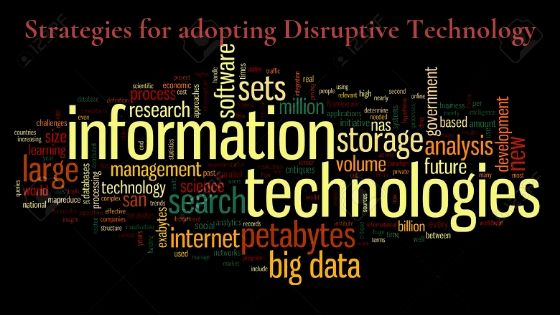Technologies have been emerging which include cloud computing, connected devices, mobile, robotics & blockchain. Companies have been adopting it for their survival and success. Their focus was to adopt disruptive technology to improve the client’s experience and boost performance. But many of them struggle to deploy them in their business. The main objective of the organization is to transform its company by adopting new technology. Organizations utilize the latest disruptive technology to be in the competition and to lower the cost of ownership. The question is, resolving the barrier to challenging well-known architecture for the existing solution. Companies are ready to adopt the technology but they worry about implementing it. Organizations should build groups so that employees could learn internally from each other.
Special interest groups are working efficiently in disseminating technical information. Their job role is to educate people about the strategies for adopting technological changes.
- Assigning a technical Expert: A company should have a technical expert who can spend in giving a kick-start to the group. Their job is to gather resources like videos, books & documentation, and also to facilitate a group with good communication.
- Effective Communication: There should be an effective method of communication such as Slack, Sharepoint, zoom, etc. The USP of open source is that there are ample public resources.
- Creating a cluster configuration: Most of the modern technology runs on a laptop, desktop, and mobile. Most of them are distributed. It is a good start to the cluster configuration.
- Ensuring the new technology is secured: Technology always comes with a new threat, which means an organization has to go through a lot of certification to check that there are no security issues so that it can hold critical business data set.
Most organizations are overwhelmed with the disruption which is helping in decision making for the migration of the future. Companies are focusing on transforming their business and assessing the risk factor. Organizations have adopted mobile and other devices in IT risk assessment. 46% of people have adopted the Internet of Things, 44% of the citizens have adopted cloud computing and the rest of the organizations are focusing on AI for managing technological risk which can anticipate changes and it can determine the associated risk. It is essential to evaluate how technology leaders embrace culture risk management and position the organizational structure. Technological risk should merge with strategic planning for instance business planning, innovation, and technological enablement.


